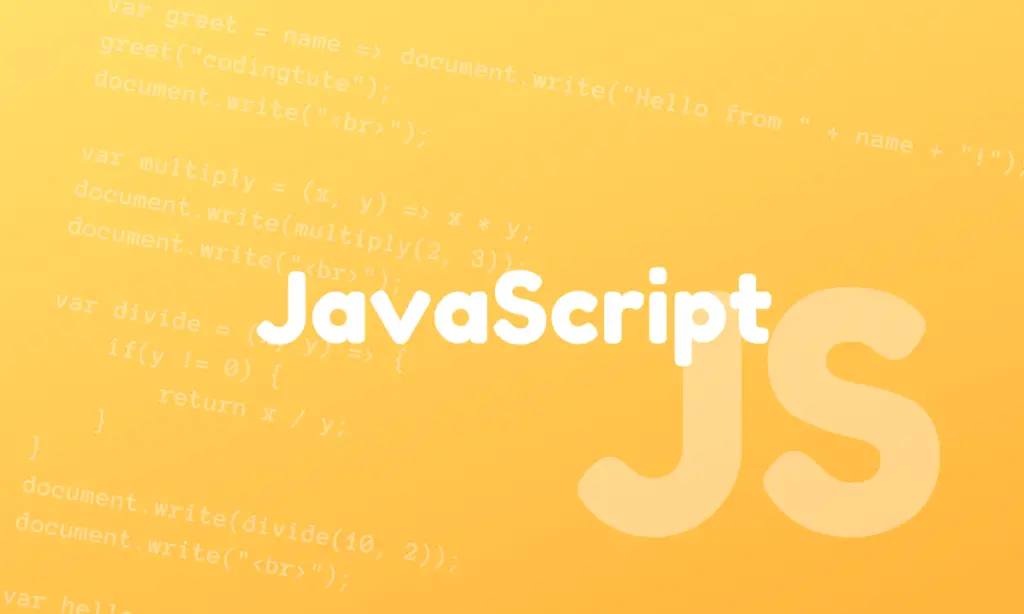JavaScript is a programming language, it was initially designed for web pages make alive. Nowadays it has evolved a lot and not only limited to web pages but it is also using in server side.
Contents
The programs in JavaScript is called as ‘scripts’. These scripts can be directly written in web pages and browsers are capable of converting javascript code to machine code. Browsers convert javascript code to machine code using inbuilt javascript engine.
Variety of browsers use variety of JavaScript engines. For example
- V8 engine – Chrome, Opera
- SpiderMonkey – Firefox
- Chakra Core – Microsoft Edge
- Nitro and SquirrelFish – Safari
Browsers internally optimize JavaScript code and analyze data flow for optimization to generate machine code using JavaScript engines.
Initially the name of the JavaScript language is ‘LiveScript’. Java is very popular at that time, this new language is named as JavaScript to position as younger brother to Java would help to recognize fast. But JavaScript is completely independent and doesn’t have any relevance with the Java.
JavaScript conforms to ECMA standards to ensure the interoperability of webpages across the web browsers.
In recent days there are many libraries and frameworks build over JavaScript, some of the popular are ReactJs, Angular, NodeJs, ExpressJs, ElectronJs, VueJs etc.,
History of JavaScript
JavaScript is a high-level, interpreted programming language that was developed in the mid-1990s. It was created by Netscape, a web browser company, as a way to add interactivity and dynamic functionality to web pages.
The development of JavaScript was influenced by several other programming languages, including C, C++, and Java. JavaScript was designed to be a simple and lightweight language that could be used to add interactivity to web pages without requiring the user to download additional software or plugins.
In the early days of the web, JavaScript was used primarily for simple tasks such as form validation and image rollovers. However, as the capabilities of web browsers and the internet as a whole have grown, so too has the complexity and capability of JavaScript. Today, JavaScript is used for a wide range of purposes, including building web applications, mobile applications, and even desktop applications.
JavaScript has also played a significant role in the development of the modern web. It is one of the three technologies that make up the core of the World Wide Web (the other two being HTML and CSS), and it is supported by all modern web browsers.
In recent years, JavaScript has become increasingly popular and is now one of the most widely used programming languages in the world. Its versatility, ease of use, and strong community support make it a popular choice for developers across a wide range of industries and applications.
How JavaScript is related to Java?
JavaScript and Java are two programming languages that are commonly mistaken for being the same thing or being closely related. However, they are actually quite different, although they do share some common features and are both used for web development.
Java is a high-level programming language that was developed by Sun Microsystems (now owned by Oracle) in the mid-1990s. It is an object-oriented language that is widely used for building large-scale enterprise applications.
JavaScript, on the other hand, is a scripting language that was developed by Netscape in the mid-1990s. It is a lighter-weight language that is used primarily for creating interactive effects within web browsers, such as form validation, animating page elements, and making HTTP requests.
While Java and JavaScript are both used for web development, they are used for different purposes and are implemented in different ways. Java is a compiled language, which means that it is transformed into machine code that can be executed by a computer. JavaScript, on the other hand, is an interpreted language, which means that it is executed by the browser or runtime environment directly from the source code.
Despite the differences between Java and JavaScript, they do share some similarities. Both languages are based on the concept of objects and both support object-oriented programming.
In summary, while Java and JavaScript share some common features, they are two distinct programming languages that are used for different purposes.
You can find the complete JavaScript Tutorials here.
Follow us on Facebook, YouTube, Instagram, and Twitter for more exciting content and the latest updates.


